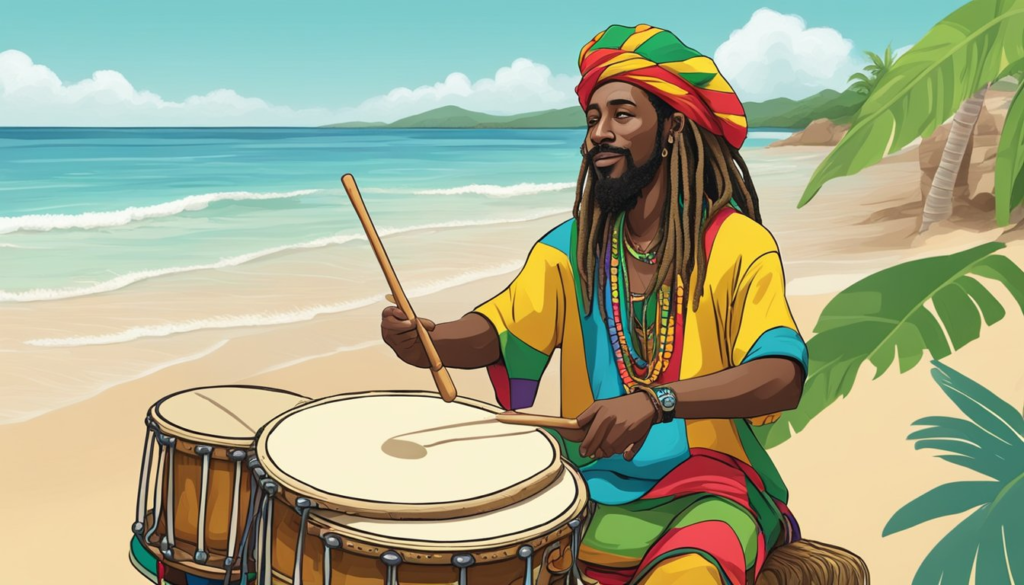Rastafarianism is a spiritual, cultural, and political movement that emerged in Jamaica in the 1930s, deeply rooted in African heritage, biblical teachings, and resistance to colonialism and oppression. This movement, with its iconic symbols, practices, and beliefs, has since spread throughout the Caribbean and the world, becoming synonymous with expressions of freedom, spirituality, and resistance against injustice.
This article delves into the origins of Rastafarianism, its core beliefs, practices, and the cultural impact it has had on the Caribbean and beyond.
Origins of Rastafarianism
Rastafarianism began in Jamaica in the 1930s during a period of profound social and economic inequality. The island, still recovering from centuries of slavery and colonial rule, was rife with poverty and racial discrimination. Amid this struggle, Rastafarianism offered a new spiritual framework for oppressed people, giving them a sense of identity, empowerment, and hope.
Influences of Marcus Garvey
One of the key figures in the emergence of Rastafarianism is Marcus Garvey, a Jamaican political leader, publisher, and orator. Garvey’s message of black pride, African unity, and the need for African-descended people to return to Africa resonated with many Jamaicans who had long endured the impacts of European colonization and the transatlantic slave trade. His famous prophecy—“Look to Africa, where a black king shall be crowned, he shall be the Redeemer”—is considered a foundational pillar of Rastafarian belief.
The Coronation of Haile Selassie I
The fulfillment of Garvey’s prophecy came with the coronation of Haile Selassie I as Emperor of Ethiopia in 1930. Selassie, originally known as Ras Tafari Makonnen, was seen by early Rastafarians as the second coming of Jesus Christ, the Messiah, and a divine leader who would bring redemption and liberation to African people. For Rastafarians, Haile Selassie I became the central figure of their faith, and his image remains one of the most prominent symbols of the movement.
Ethiopia and Zion
Ethiopia holds a sacred place in Rastafarian theology, symbolizing the promised land or Zion, a place of freedom, purity, and divine rule. The belief that Africa, and specifically Ethiopia, is the ancestral homeland of black peo

